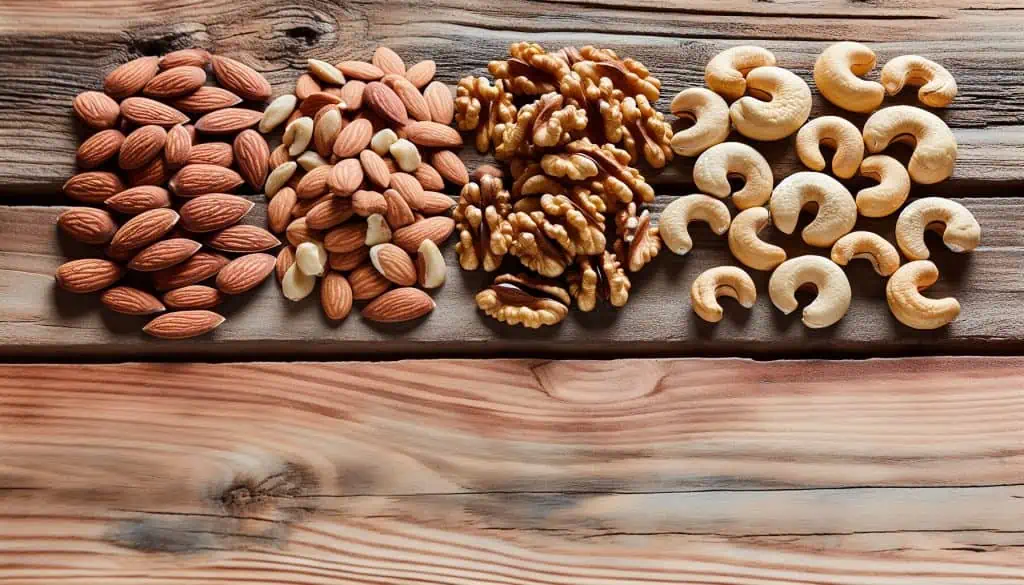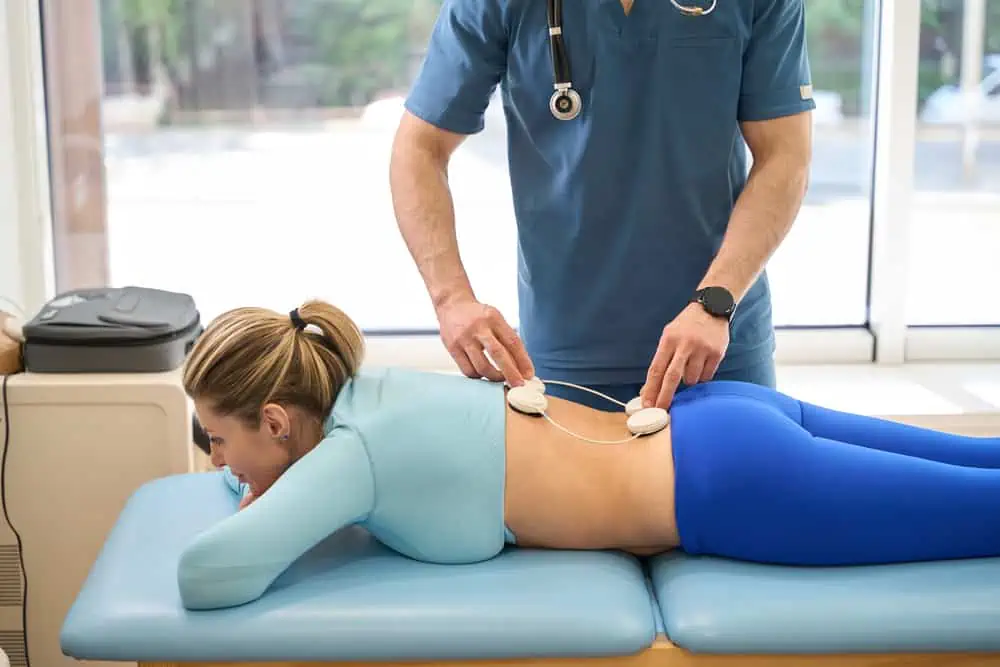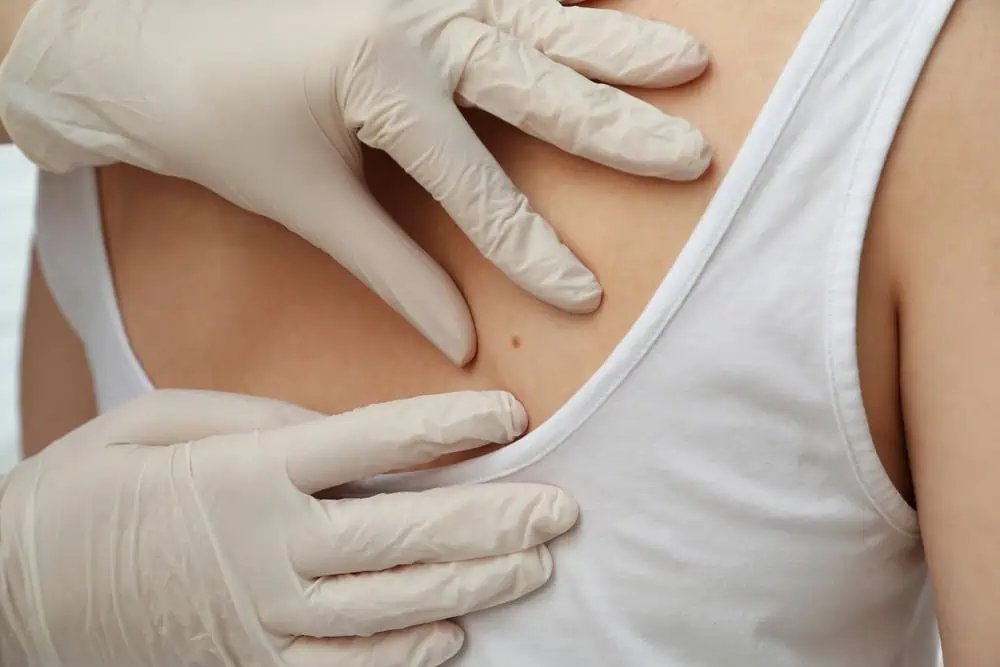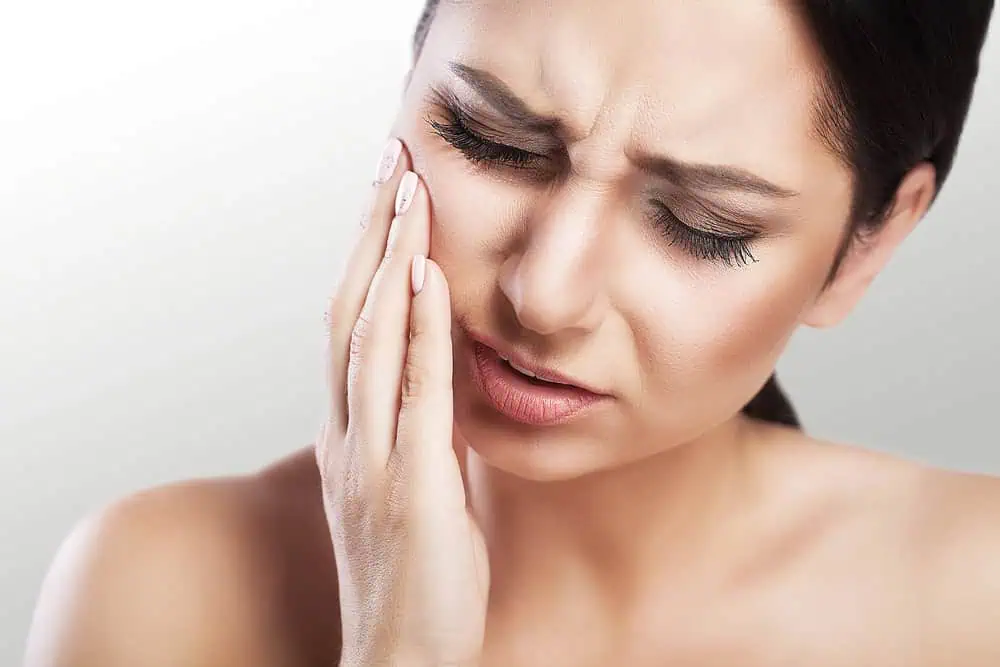Menopause, a natural phase in every woman’s life, is often marked by a myriad of symptoms, one of which is joint pain. Not only does it make daily activities a challenge, but it also impacts the quality of life. But what if we told you that this discomfort could be alleviated? Yes, with a combination of lifestyle changes, a balanced diet, and specifically targeted supplements for menopause joint pain, managing this issue is within reach.
In this blog post, we will explore various facets of menopause joint pain, from understanding its underlying cause to effective ways of managing it. We will delve into essential nutrients for menopausal bone strength, the power of herbal and natural supplements, and advanced supplements to ease the discomfort. Furthermore, we’ll explore the role of hormone replacement therapy and how an integrative approach can help manage this common menopausal symptom using supplements for menopause joint pain.
Key Takeaways
- Adopt a comprehensive approach to naturally relieve joint pain and stabilize hormone levels through balanced diet, physical activity, and supplements.
- Essential nutrients for menopausal bone strength include Vitamin D & calcium. Turmeric & ginger provide anti-inflammatory relief. Advanced supplements like Omega-3s, glucosamine/chondroitin target joint discomfort.
- Hormone Replacement Therapy may reduce joint pain while an anti-inflammatory diet helps manage symptoms, carefully choose the right supplement with advice from healthcare provider.
Understanding Menopause Joint Pain
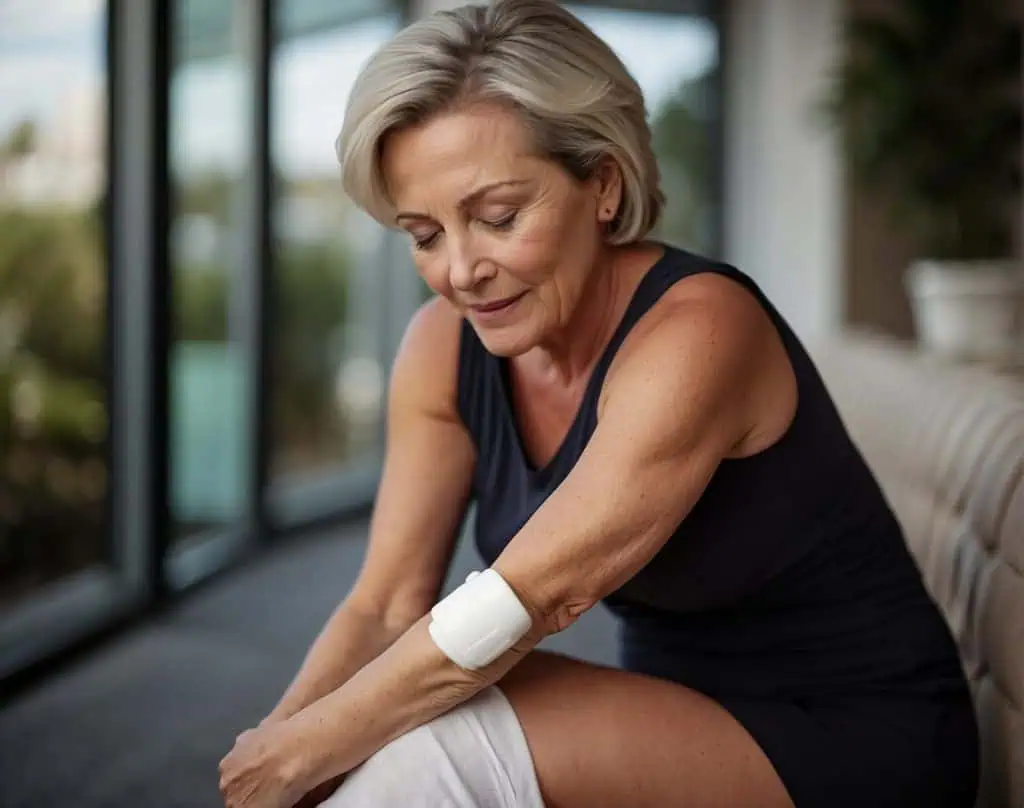
You may have often heard the adage, “It’s all hormones”. Truly, hormones are health influencers, and their dwindling levels during menopause have a significant impact on joint health. This drop in estrogen levels impacts collagen production and leads to weight gain, which in turn, causes joint pain and stiffness. It’s like a domino effect, where one event triggers another, leading to a cascade of menopausal symptoms.
However, it’s not all doom and gloom. Just as a skilled chess player can prevent the domino effect with strategic moves, so can you manage menopausal joint pain. Here are some strategies to consider:
- Maintain a balanced diet
- Engage in consistent physical activity to aid in curbing excessive weight gain
- Take supplements that can facilitate collagen production, promoting connective tissue health and enhancing joint flexibility
By adopting a comprehensive approach, you can naturally relieve joint pain, reduce joint pain, and stabilize hormone levels.
Essential Nutrients for Menopausal Bone Strength
Think of your body as a grand castle and your bones as the fortress that protects it. But even the mightiest of fortresses need reinforcement, especially during menopause. Enter Vitamin D and calcium, the knights in shining armor for your bone health. These indispensable nutrients are key in maintaining bone health and easing joint pain during menopause. The Keto Diet is a common diet associated with benefits, particularly surrounding the Menopause.
Much like a well-guarded castle can resist sieges, robust bones can lessen the impact of bone density decrease, associated with joint pain and inflammation.
The Role of Vitamin D in Joint Health
Imagine Vitamin D as the sun god Helios, driving his chariot across the sky, spreading light and life. In our bodies, Vitamin D plays a similar role by promoting bone, immune, and muscle function, thereby preventing joint pain caused by inflammation. This is particularly significant during menopause, when there is an increased risk of inflammation and bone weakening.
Like sunlight, Vitamin D can be obtained from various sources such as milk, fish, and Vitamin D-fortified foods. However, dietary sources may not always be adequate, and therefore Vitamin D supplementation may be required. Regardless of the sun’s presence, maintaining an adequate intake of Vitamin D can contribute to menopause joint pain relief.

Calcium’s Importance for Bone Integrity
If Vitamin D is the chariot driver, calcium is the chariot itself. This vital nutrient carries an important responsibility of maintaining the health of bones and joints during menopause. It’s like a shield, protecting your bones from fractures and joint degeneration. Without a strong chariot, even the mightiest of warriors can falter.
Sufficient calcium intake plays a crucial role in preserving bone density during menopause, thereby lowering the likelihood of fractures. It’s like ensuring the chariot is well-maintained, ready to withstand any battle. Therefore, enriching your diet with calcium-abundant foods can preserve your joints and deter possible degradation linked to menopause.
Herbal and Natural Supplements to Ease Menopause Joint Pain

From the ancient wisdom of Ayurveda to the modern dietary supplements, nature has always provided us with solutions for health challenges. When it comes to menopause joint pain, the power of herbs and natural substances like turmeric and ginger comes to the rescue. These natural anti-inflammatory compounds can ease menopause joint pain, serving as a calming balm for inflamed joints.
The Soothing Power of Turmeric
Turmeric, often referred to as the golden spice, has been used in Ayurvedic medicine for centuries. Its active component, curcumin, is like the Midas touch that turns everything to gold. It aids in the reduction of joint inflammation, thereby helping to alleviate joint pain in menopausal women.
But the magic of turmeric doesn’t stop at relieving joint pain. It also plays a role in hormonal balance, thanks to curcumin’s ability to modulate estrogen levels. Therefore, including turmeric supplements in your daily regimen can serve as a protective barrier against the harsh effects of menopausal joint pain.
Ginger: A Spicy Solution for Joint Relief
If turmeric is the golden spice, then ginger is the fiery dragon itself. This root, known for its distinctive spicy flavor, has a long history of medicinal use. Its anti-inflammatory properties can help reduce joint pain and menopausal symptoms such as hot flashes and night sweats.
Ginger isn’t just a root; it’s a root of relief. Empirical studies have validated that ginger can alleviate pain and inflammation related to joint conditions such as osteoarthritis. Therefore, introducing a dash of ginger in your life can help quell the intense effects of menopause joint pain.
Advanced Supplements Targeting Menopause Joint Discomfort
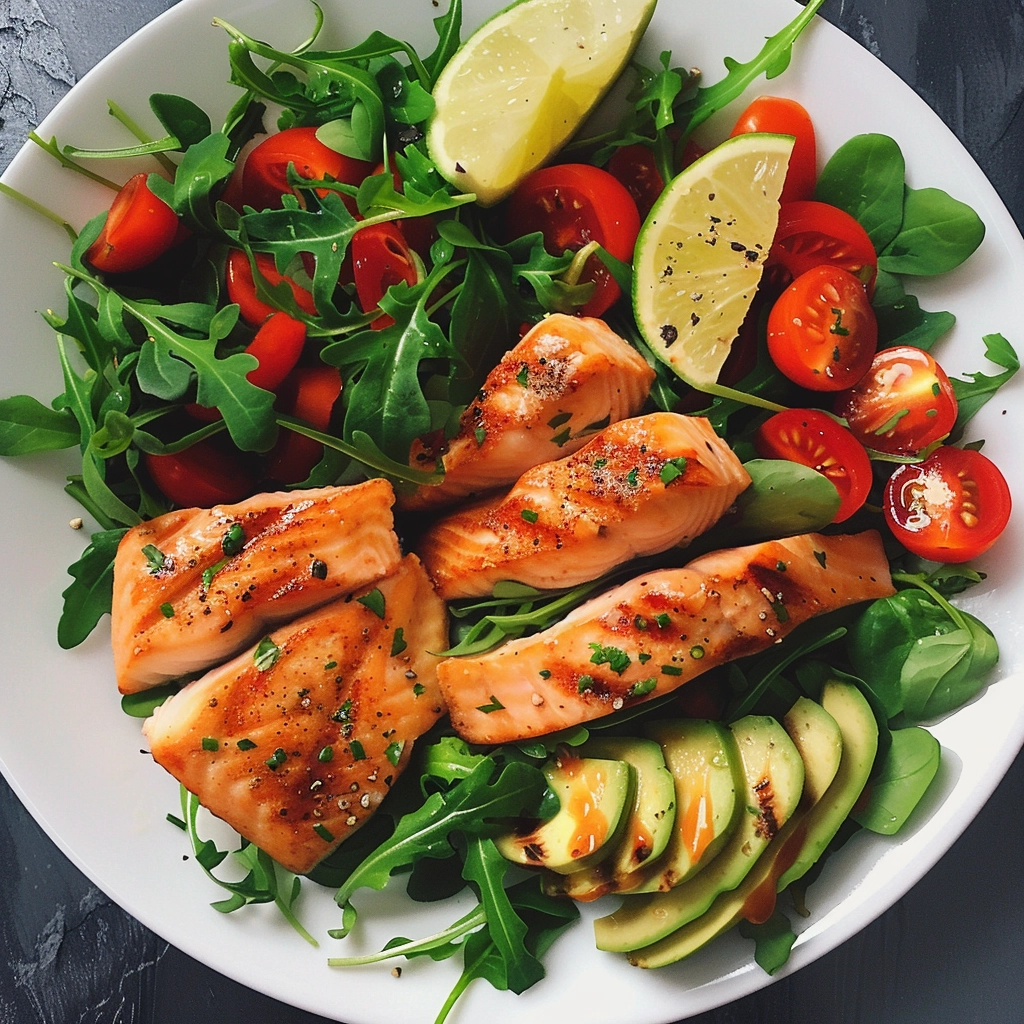
While diet and lifestyle changes are crucial, sometimes, you need a little extra help. That’s where advanced supplements come in. Supplements such as Omega-3 fatty acids derived from fish oil, along with glucosamine and chondroitin, can offer additional support to enhance joint health and lessen pain during menopause.
Omega-3s from Fatty Fish: Lubricating Joints Naturally
When it comes to joint health, Omega-3s are like the oil that keeps a well-oiled machine running smoothly. These fatty acids found in fish oil have been shown to prevent joint inflammation, reducing pain and stiffness and alleviating menopause symptoms.
Omega-3s don’t just stop at lubricating your joints; they go the extra mile. They also have the potential to alleviate specific symptoms linked to menopause, including hot flashes and mood swings. Therefore, adding fish oil supplements or fatty fish to your diet can contribute to maintaining smooth joint function, akin to a well-oiled machine.
Glucosamine and Chondroitin: Rebuilding Joint Cartilage
Glucosamine and chondroitin are like the building blocks in a construction project. These components can help treat menopausal joint pain by nourishing damaged joint cartilage and reducing osteoarthritis progression.
Just as a skilled architect uses high-quality materials to construct a sturdy building, so should you choose high-quality supplements to support your joint health. With appropriate supplements, you can:
- Regenerate your joint cartilage
- Improve joint flexibility
- Reduce joint pain and inflammation
- Support overall joint health
Choosing the right supplements is crucial for maintaining strong and healthy joints.
Hormone Replacement Therapy and Joint Pain
When hormones take a nosedive during menopause, they often take joint health with them. But hormone replacement therapy can act as a safety net, catching you before you fall.
By replenishing diminishing hormone levels, it can assist in easing joint pain during menopause.
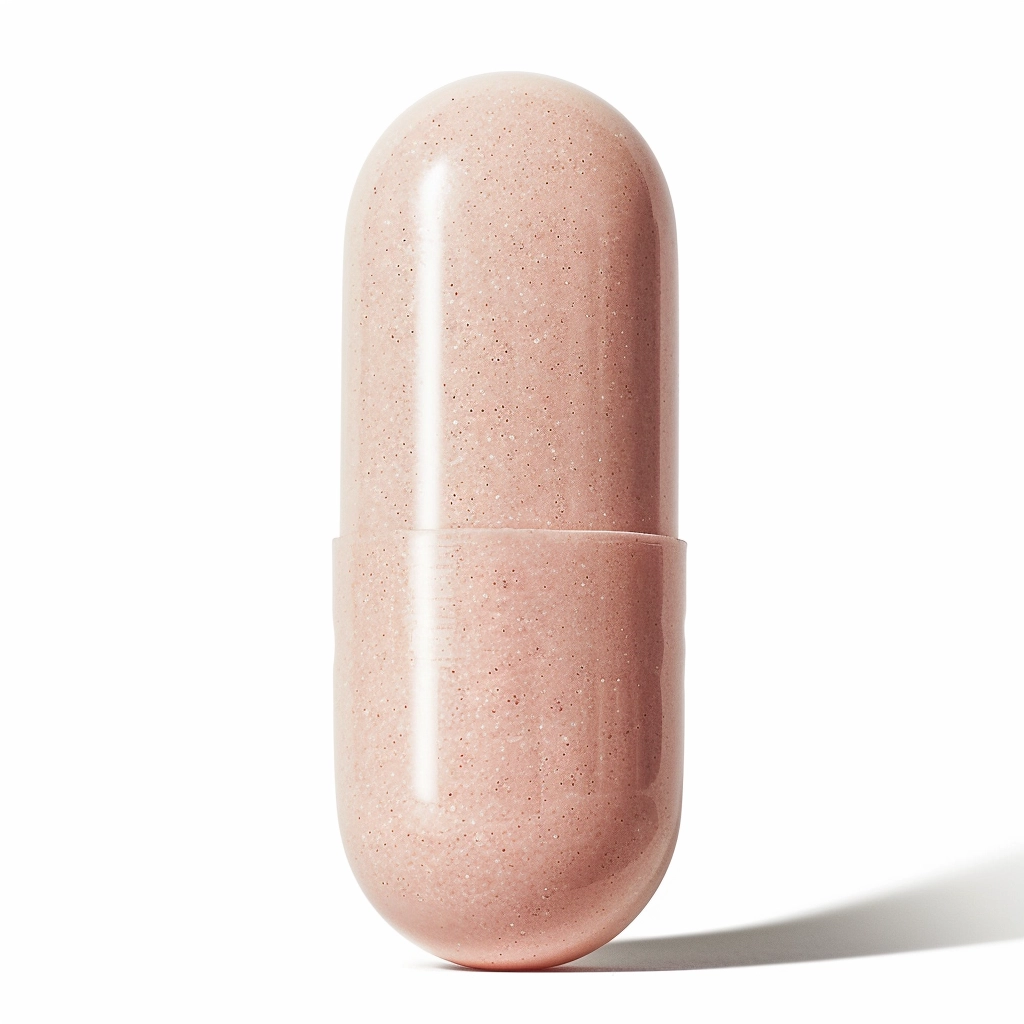
Bioidentical Hormones: A Closer Match for Relief
Bioidentical hormone replacement therapy is like a key that perfectly fits the lock. It provides hormones that are identical in chemical structure to those naturally produced by the body, offering more targeted relief for menopausal joint pain.
Much like a locksmith ensures a perfect fit for the key in the lock, you should also ensure that bioidentical hormones align with your specific needs. Always consult your healthcare provider before starting any new treatment to ensure its safety and suitability for your individual health needs.
Integrative Approaches to Managing Menopausal Joint Pain
The path to menopausal joint pain relief is not linear; it requires a holistic approach. Here are some strategies to consider:
- Adopt an anti-inflammatory diet
- Engage in regular physical activity
- Practice stress management techniques
- Get enough sleep
- Consider natural remedies such as herbal supplements or acupuncture
- Talk to your doctor about hormone replacement therapy or other medical interventions
Each aspect plays a role in managing joint pain during menopause.
Embracing an Anti-Inflammatory Diet
An anti-inflammatory diet is like a soothing symphony for your joints. Eating a diet high in whole foods, such as fruits, veggies, lean proteins, and healthy fats, can be beneficial. It’s also advisable to limit the intake of processed foods and sugar..
Much like a conductor directs an orchestra towards a harmonious rendition, you should steer your diet towards anti-inflammatory foods. Consuming foods rich in antioxidants and phytochemicals can help reduce inflammation and offer relief from painful joints and joint pain.
The Impact of Physical Activity
Physical activity is like a dance that keeps your joints flexible and pain-free. Regular, low-impact exercises such as walking, swimming, and yoga can help improve joint mobility and alleviate menopausal joint pain.
Just as a dancer requires regular practice to maintain fluid and graceful movements, you need to keep your joints active to prevent joint stiffness. Regular physical activity can strengthen the muscles around the joints, reducing pain and stiffness.
Supplement Safety and Efficacy: What You Need to Know
Just as a captain skillfully steers a ship through tempestuous seas, you should tread through the sea of supplements cautiously. It’s essential to choose high-quality, well-researched supplements and consult with a healthcare provider before starting any new supplement regimen.
Navigating through the plethora of supplements can be challenging, but with the right guidance, you can chart your path. Always look for certifications or quality seals that signify the product adheres to specific standards and has successfully undergone quality assessments.
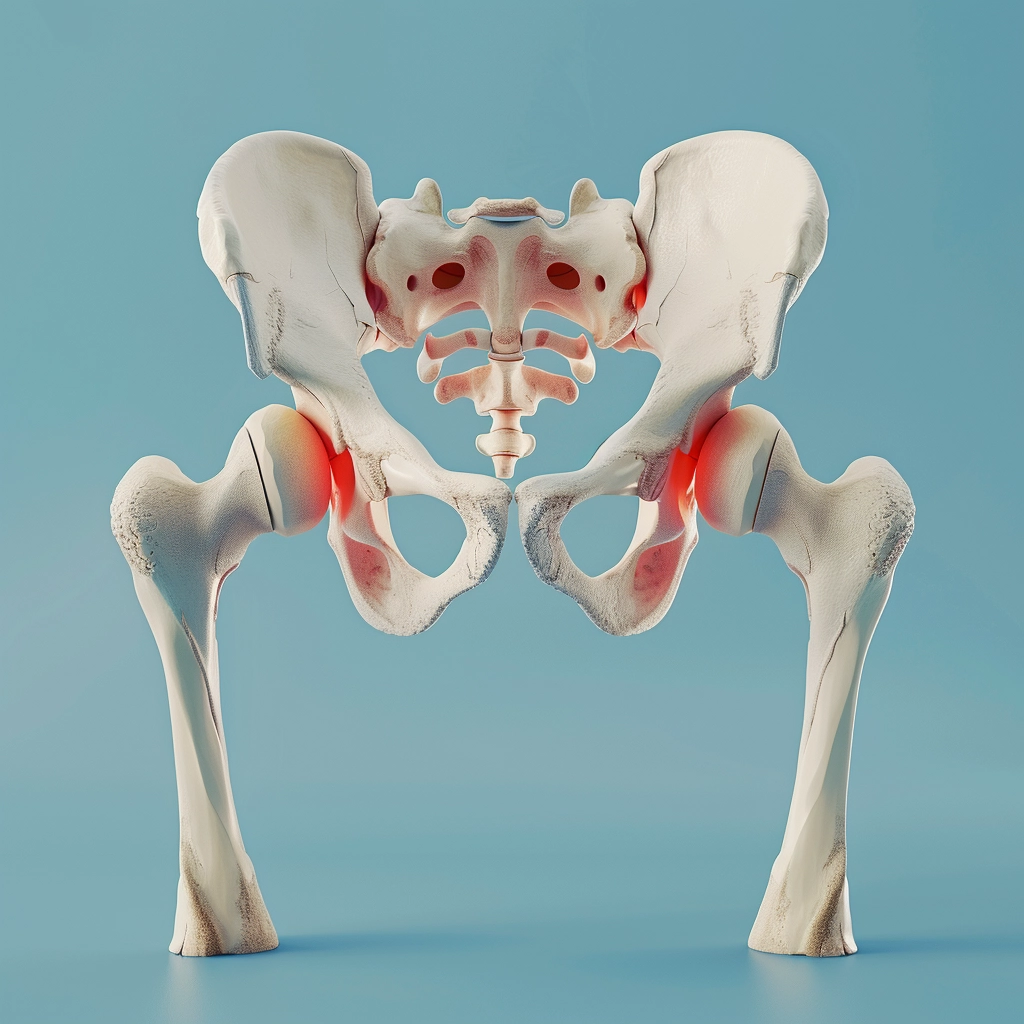
Choosing the Right Joint Pain Supplement for Your Menopause Journey
Selecting the appropriate joint pain supplements is akin to picking the right route on a journey. It should meet your specific needs, symptoms, and lifestyle to ensure the best results for your menopause journey.
The pursuit of menopause joint pain relief is a unique journey for each individual, hence the path chosen should be customized to your needs. From dietary habits and physical activity levels to stress management, various factors can influence the efficacy of menopause joint pain supplements and menopause supplements in general. It is important to consider these factors when selecting products to alleviate discomfort and inflammation.
Summary
We’ve journeyed through the landscape of menopause and joint pain, discovering the role of hormones, the power of essential nutrients, the magic of herbs and natural supplements, and the benefit of physical activity. We’ve navigated the complex sea of supplements, learned about the safety and efficacy of these products, and understood the importance of choosing the right supplement for our unique needs.
Remember, menopause is a natural phase of life, and joint pain is a common symptom. But with a balanced diet, regular exercise, targeted supplements, and, if necessary, hormone replacement therapy, you can manage joint pain and enjoy this journey. After all, it’s not just about reaching the destination; it’s also about enjoying the journey.
Frequently Asked Questions
What supplements are good for menopausal joint pain?
Supplements such as Vitamin D, omega-3 fatty acids, and magnesium can help reduce menopausal joint pain. Herbs like ginger and turmeric may also help alleviate symptoms. Taking a multivitamin daily is a good way to ensure you are getting the necessary vitamins and minerals.
What helps aching joints in menopause?
Painkillers like Ibuprofen and Tylenol, as well as cold and hot compresses, can help ease joint pain associated with menopause. Consult with your doctor to find the best course of treatment for you.
Does menopause arthritis go away?
Unfortunately, menopause arthritis is likely a chronic condition with no known cure. While lifestyle changes and certain treatments may help to manage symptoms, they are unlikely to make it go away completely.
Can lack of estrogen cause joint pain?
Low levels of estrogen can lead to an increase in inflammation, putting a person at greater risk for osteoporosis and osteoarthritis, which can cause joint pain.
How can Vitamin D and Calcium help manage menopausal joint pain?
Vitamin D and Calcium supplementation have been found to help manage menopausal joint pain by preserving bone health and reducing inflammation.






